FAIR principles
Following the FAIR principles, opens an external URL in a new window, research objects should be findable, accessible, interoperable and reusable. These principles form the basis of a trusted environment where researchers, innovators, companies, and citizens can publish, find, and re-use each other’s data and tools for research, innovation, and educational purposes. The FAIR principles refer to any digital object evolving from the research process, that is, quantitative as well as qualitative data, metadata or algorithms, tools, software and services.
Data that meet the FAIR principles can - but need not - be Open Data and thus available to everyone. The FAIR principles also allow a restriction of data access, which is useful or even necessary in certain cases. On the other hand, if Open Data is well documented and machine-readable, has an open license, uses independent formats and open standards, it will also conform to the FAIR concept.
With the institutional data repository TU Wien Research Data, opens an external URL in a new window, TU Wien provides a suitable and certified platform for implementing the FAIR principles.
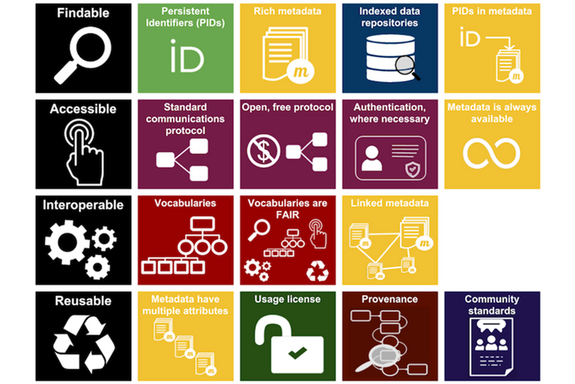
© ARDC (CC-BY)
F-A-I-R
The first step in (re)using data is to find it. Globally unique and persistent identifiers and rich metadata are essential for automatic discovery of datasets and services. Furthermore, the (meta-)data must be registered or indexed on a searchable platform like a repository. The TU Wien Research Data, opens an external URL in a new window repository fulfils these requirements.
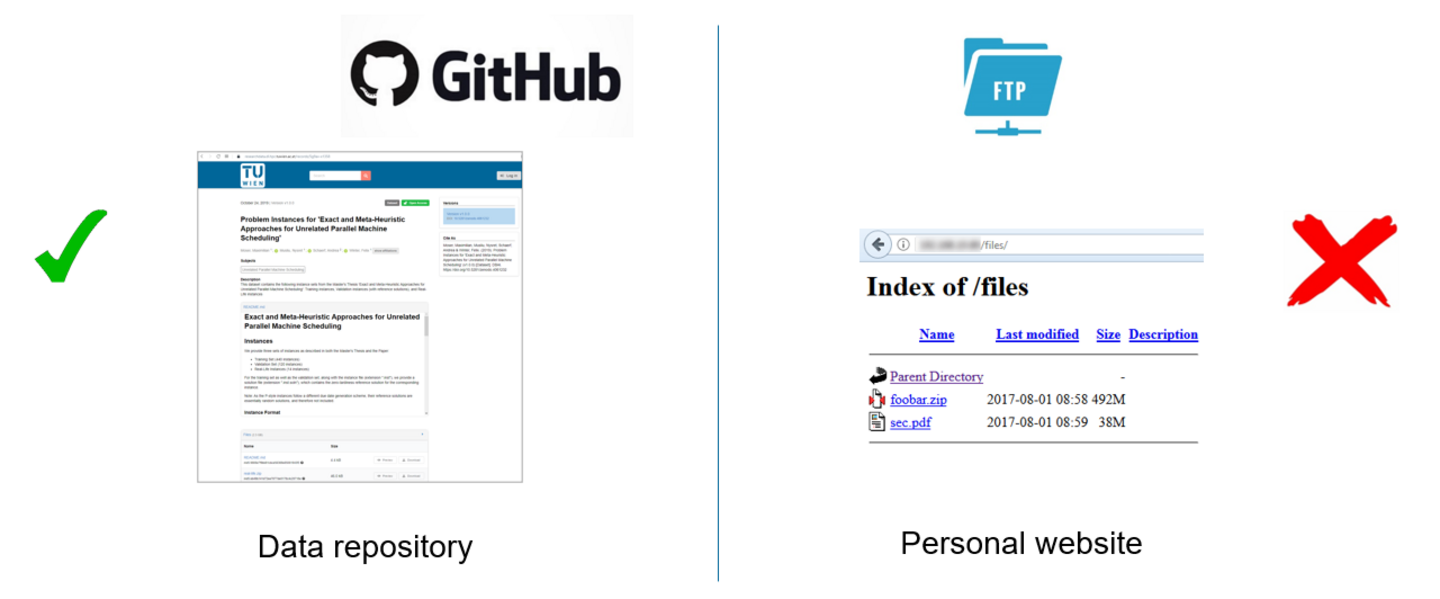
© Tomasz Miksa
To ensure long-term accessibility, data need to be archived in a way that they (or at least their metadata) are retrievable via standardised, universally implementable communication protocols. The exact conditions under which the data is accessible should be clearly described by the researchers using standardised licence agreements. The TU Wien Research Data, opens an external URL in a new window repository fulfils these requirements.
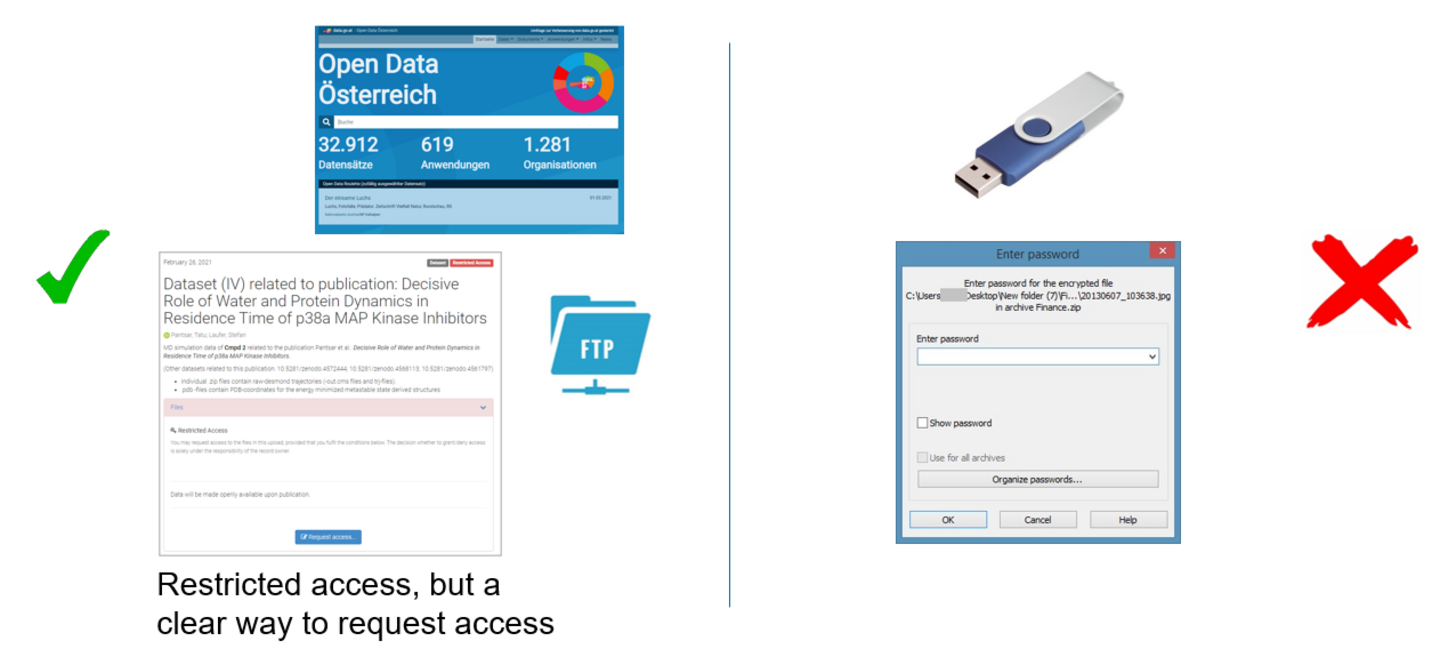
© Tomasz Miksa
Data are considered interoperable if they can be exchanged, interpreted and combined with other data sets in a (semi-)automated way. Computer systems must therefore be able to determine whether your data is comparable with other data in terms of content. The use of metadata based on controlled vocabularies, classifications, ontologies or thesauri, which in turn are subject to the FAIR principles, helps to achieve this.
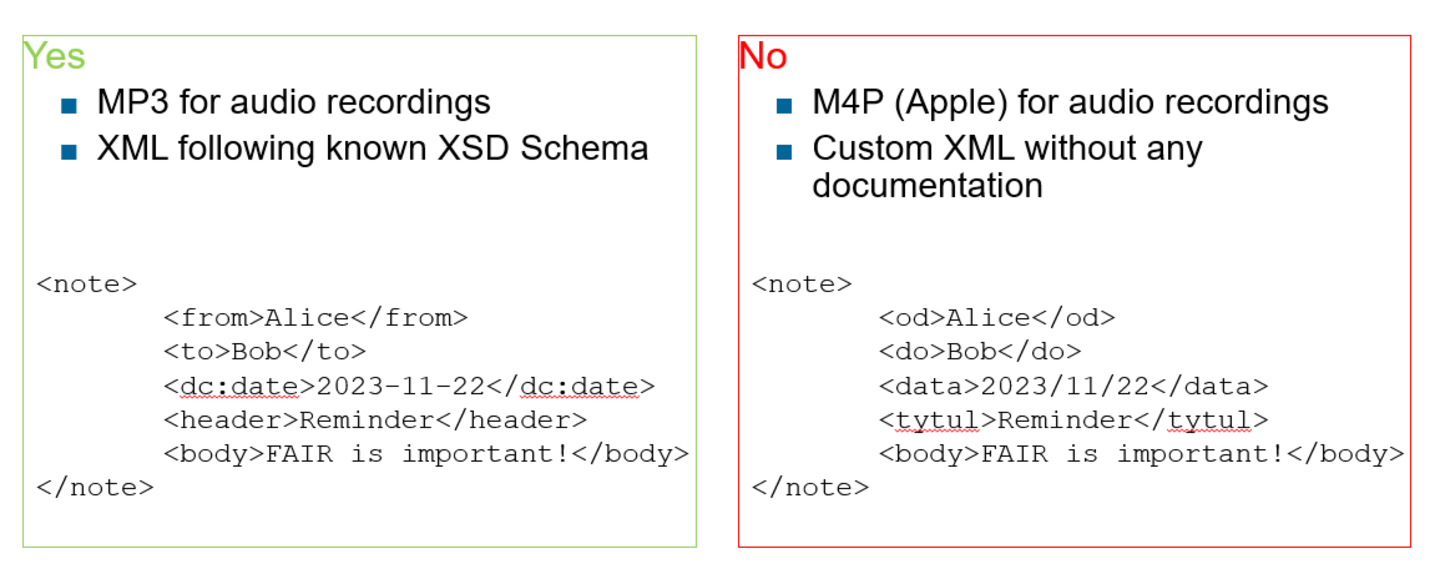
© Tomasz Miksa
In order to ensure that research data can be reused in future research projects, your metadata, together with supplementary documentation, should provide a comprehensive and detailed description of the research context. In this way, researchers who wish to reuse research data can better assess whether it is really suitable for their research project. Furthermore, the conditions under which the data can be reused must be clearly and comprehensibly presented by researchers on the basis of standardised licensing contracts. TU Wien's data repository, TU Wien Research Data, opens an external URL in a new window, helps you to fulfil these requirements.
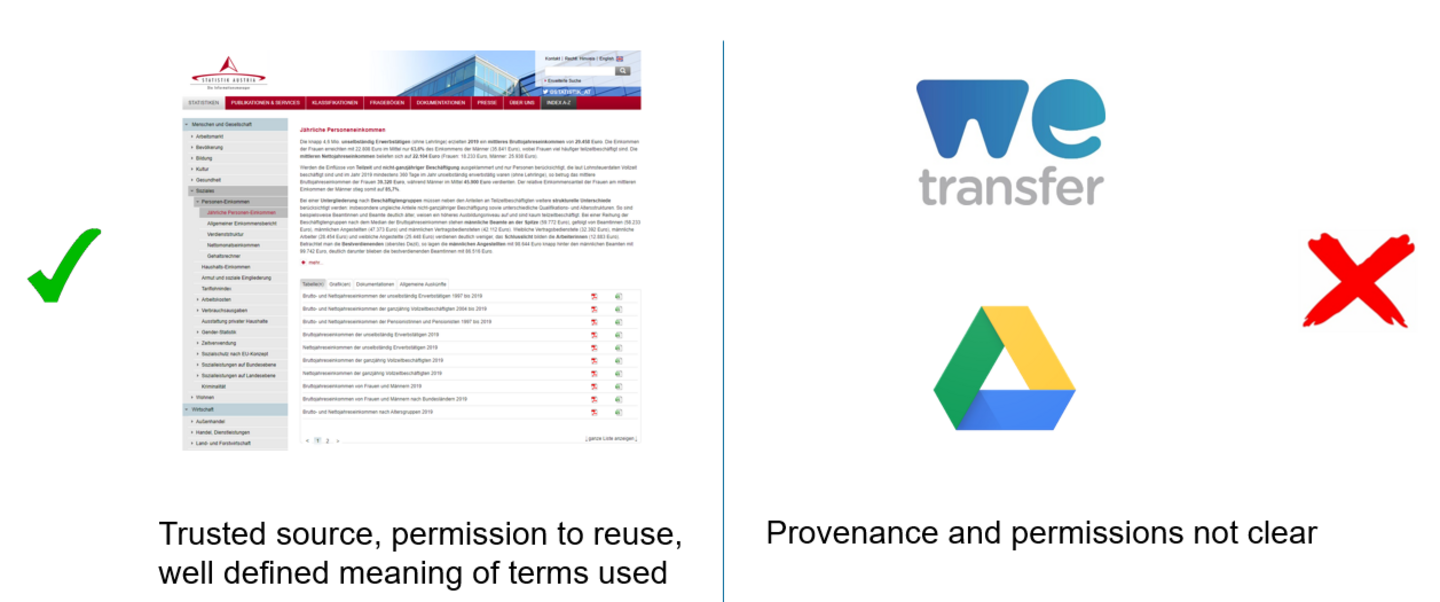
© Tomasz Miksa
To be truly FAIR, data must be readable and actionable not only by humans but also by machines. The provision of processable metadata and the choice of the right file format are essential for this aspect. TU Wien Research Data, opens an external URL in a new window and the support team help you to fulfil these requirements.
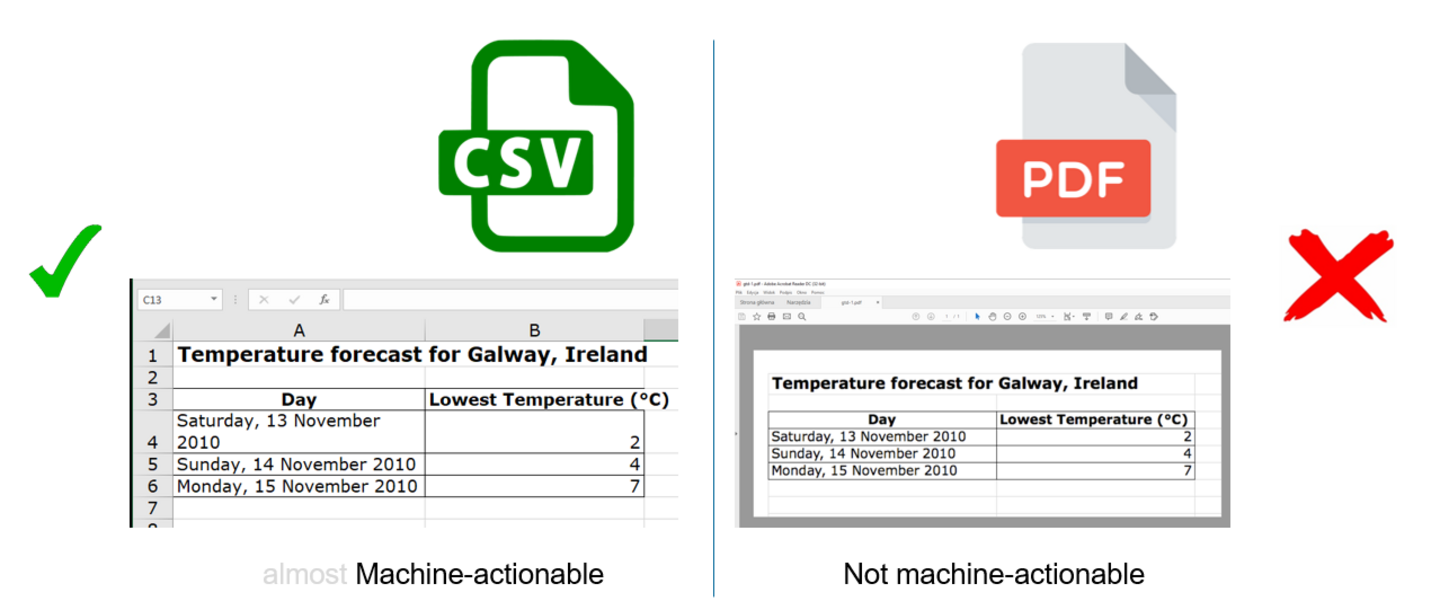
© Tomasz Miksa
